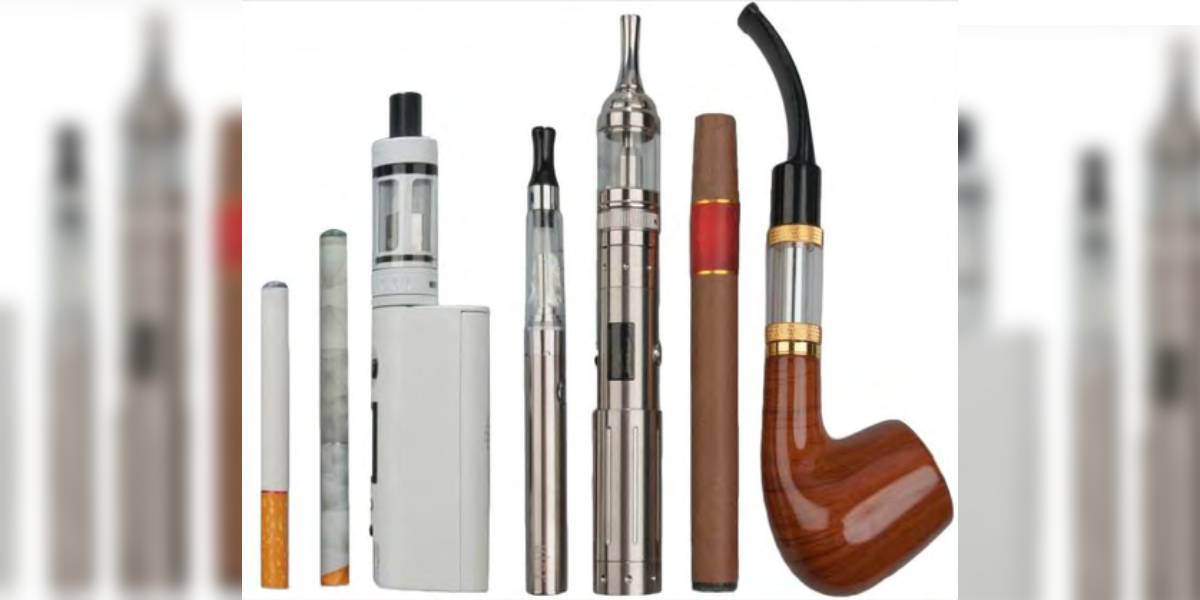More young people are now vaping daily, often without knowing what’s actually in what they’re breathing in.
Published Aug 09, 2025 | 7:00 AM ⚊ Updated Aug 09, 2025 | 7:00 AM

Vaping might not leave one coughing like a cigarette does, but that doesn’t mean that an individual’s lungs are off the hook.
Synopsis: Vaping might not leave one coughing like a cigarette does, but that doesn’t mean that an individual’s lungs are off the hook. Every time someone inhales, they are pulling in a mix of chemicals, some meant for flavor, others just byproducts of heating the liquid. Over time, that mix can do real damage.
Vaping has taken over college campuses, parties, and social feeds, and is touted as the cooler, safer alternative to smoking. But behind the flavored clouds and sleek devices, real health concerns are starting to surface.
More young people are now vaping daily, often without knowing what’s actually in what they’re breathing in. We’ve known for decades that cigarettes cause lung cancer, but vaping is still a question mark. It hasn’t been around long enough to show the full picture, but some of the warning signs are already showing up. The big question now is: what are we risking every time we take a hit?
Is smoking different than vaping?
Vaping and smoking might look similar, but they’re not. When someone smokes a cigarette, they’re burning tobacco, and that smoke carries a mix of chemicals that can seriously harm the lungs and lead to cancer.
Vapes don’t burn anything. Instead, they heat a liquid to create a vapour one can inhale. That might sound safer, and maybe in some ways it is, but the truth is we still don’t really know what vaping does to the body over time. It simply hasn’t been around long enough to demonstrate its long-term effects.
There’s also the issue of regulation. Cigarettes are tightly controlled—we know exactly what’s in them. With vapes, especially the ones that contain THC or CBD, it’s not always clear what we are breathing in or how strong it is. That uncertainty is part of the problem.
Vaping doesn’t just release harmless vapour. What’s going into the lungs is a mix of chemicals, many of which can be harmful. E-liquids usually contain nicotine or THC, flavorings, and other additives dissolved in an oily base. One ingredient under scrutiny is vitamin E acetate.
While safe to eat or use on skin, it’s likely irritating and potentially dangerous when inhaled. It’s been found in the lungs of people with serious vape-related injuries. Other risky substances include: Diacetyl, a flavoring linked to damage in the lungs’ small airways.
Vaping might not leave one coughing like a cigarette does, but that doesn’t mean that an individual’s lungs are off the hook. Every time someone inhales, they are pulling in a mix of chemicals, some meant for flavor, others just byproducts of heating the liquid. Over time, that mix can do real damage.
People have developed conditions like popcorn lung, where the tiniest airways in the lungs get scarred and make it harder to breathe. There’s also lipoid pneumonia, which comes from inhaling oily substances that were never meant to be in the lungs in the first place. In some cases, lungs have even collapsed, literally, after vaping. And while we don’t yet know if it causes cancer, the fact that we’re already seeing these kinds of problems in people who’ve only been vaping for a few years should be enough to make anyone think twice.
Most people assume that vaping is the “safer” choice in comparison to smoking, and sure, it might not come with the same risks, but that doesn’t mean it’s harmless. We’re still learning about its long-term effects, but early studies are showing that vaping can expose the lungs to some pretty concerning chemicals, some of which are linked to cancer.
For someone who vapes and also smokes, the risks can really start to pile up. And for younger folks, especially, it’s worth keeping in mind that just because something feels modern or cleaner doesn’t mean it’s risk-free.
Vaping’s been marketed as the safer option, and yeah, it might seem that way at first. The sleek gadgets and the flavors make it easy to forget there’s anything to worry about. But the more we learn, the clearer it gets: it’s not harmless.
What an individual is breathing in does affect their lungs, and over time, that can mean real problems, whether it’s damage, chronic issues, or even cancer. Youngsters might not feel like a big deal right now, but that choice can stick for a longer period. Just being aware of that is a good place to start.
(Dr. Suman Das is a Senior Consultant Radiation Oncologist at Apollo Cancer Centres in Visakhapatnam. Edited by Majnu Babu).
